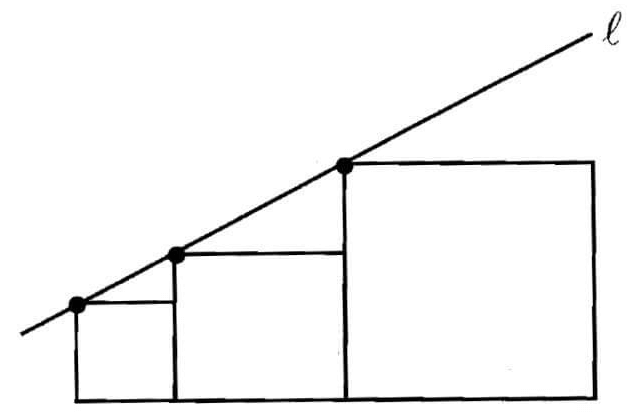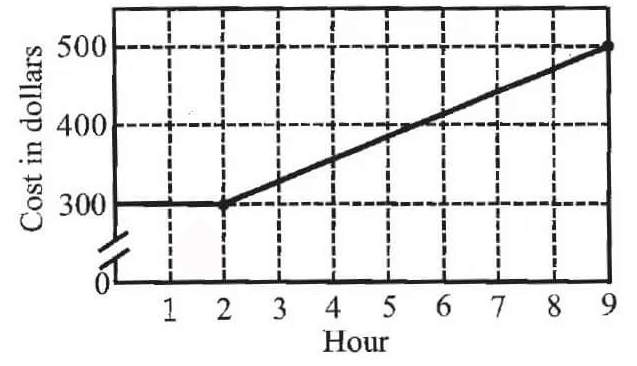INVERSE RELATION
Let R be a relation defined on the set A such that
R = {(a, b) / a, b ∈ A}
Then, the inverse relation R-1 on A is given by
R-1 = {(b, a) / (a, b) ∈ R}
That is, in the given relation, if "a" is related to "b", then "b" will be related to "a" in the inverse relation .
Example :
Let R be a relation defined as given below.
R = {(1, 2), (2, 2), (3, 1), (3, 2)}
Find R-1.
Solution :
R-1 = {(2, 1), (2, 2), (1, 3), (2, 3)}
Domain and Range of Inverse Relation
Let us consider the relation R such that
R = {(1, 1), (2, 3), (3, 4), (2, 7)}
Then, the domain and range of R :
Domain (R) = {1, 2, 3}
Range (R) = {1, 3, 4, 7}
Find inverse relation R-1 :
R-1 = {(1, 1), (3, 2), (4, 3), (7, 2)}
Then, the domain and range of R-1 :
Domain (R-1) = {1, 3, 4, 7}
Range (R-1) = {1, 2, 3}
Clearly,
Domain (R-1) = Range (R)
Range (R-1) = Domain (R)
Related Topics
Difference between reflexive and identity relation
Kindly mail your feedback to v4formath@gmail.com
We always appreciate your feedback.
©All rights reserved. onlinemath4all.com
Recent Articles
-
Digital SAT Math Problems and Solutions (Part - 146)
Apr 18, 25 06:52 AM
Digital SAT Math Problems and Solutions (Part - 146) -
Logarithmic Derivative Problems and Solutions
Apr 16, 25 09:25 PM
Logarithmic Derivative Problems and Solutions -
Digital SAT Math Problems and Solutions (Part - 145)
Apr 16, 25 12:35 PM
Digital SAT Math Problems and Solutions (Part - 145)

